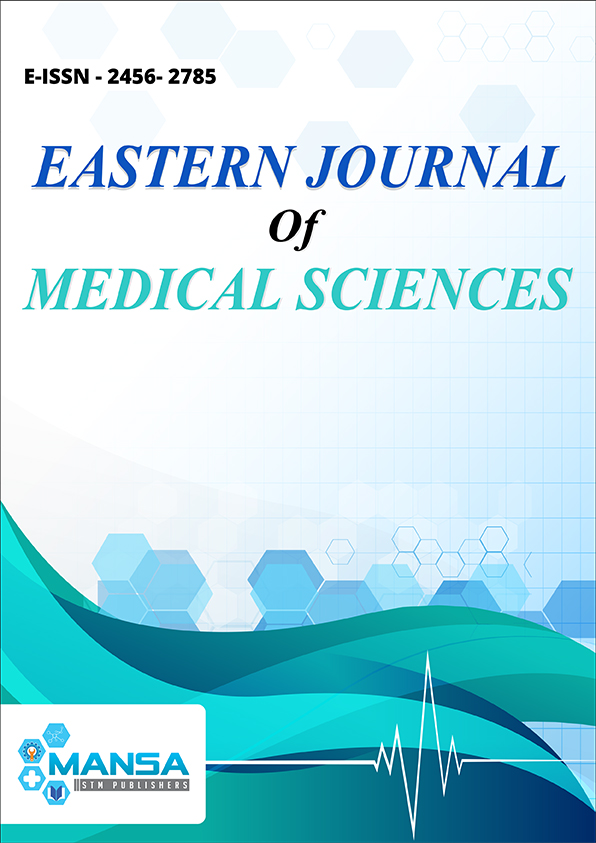Retrospective Study of Parasites in CSF Samples in a Tertiary Care Hospital: A 10 Year Experience
Keywords:
Free-living amoebae , Acanthamoeba, Naegleria, Balamuthia mandillarisAbstract
Background: Free-living amoebae are widely distributed in mud, moist soil and fresh water worldwise, particularly members of the genera Acanthamoeba and Naegleria. Balamuthia mandillaris causes granulomatous amoebic encephalitis in human and animals. Methods: 2516 CSF samples were received in the mycology laboratory and processed for free living amoebae by microscopy and culture. Results: Out of 2516 samples, 32 were found to be positive for parasites. Out of 32 cases, 27 were identified as Acanthamoeba spp., one was diagnosed as Naegleria fowleri and the remaining 4 had presumptive diagnosis of Balamuthia mandillaris. Naegleria fowleri is the causal agent of a fulminant CNS condition, primary amebic meningoencephalitis (PAM). Discussion: PAM is a rare disease but almost always fatal. Therefore, early diagnosis is important in order to start treatment. Systemic amoebic diseases are difficult to diagnose and it is likely that many cases go unrecognized and are under-reported. Most of the diagnosis is made at post-mortem.

